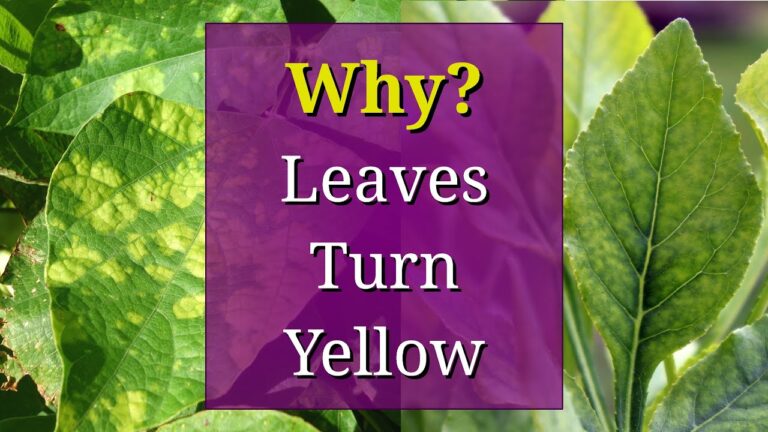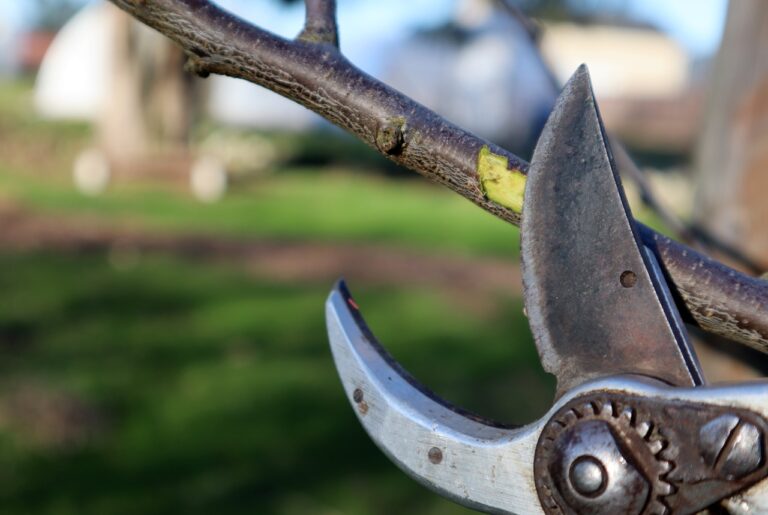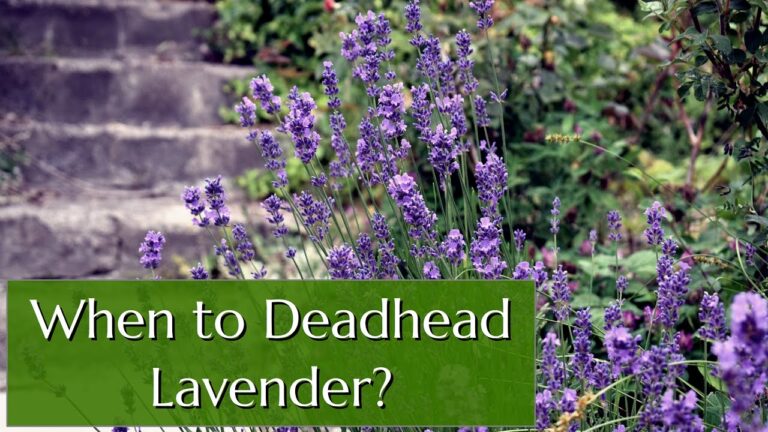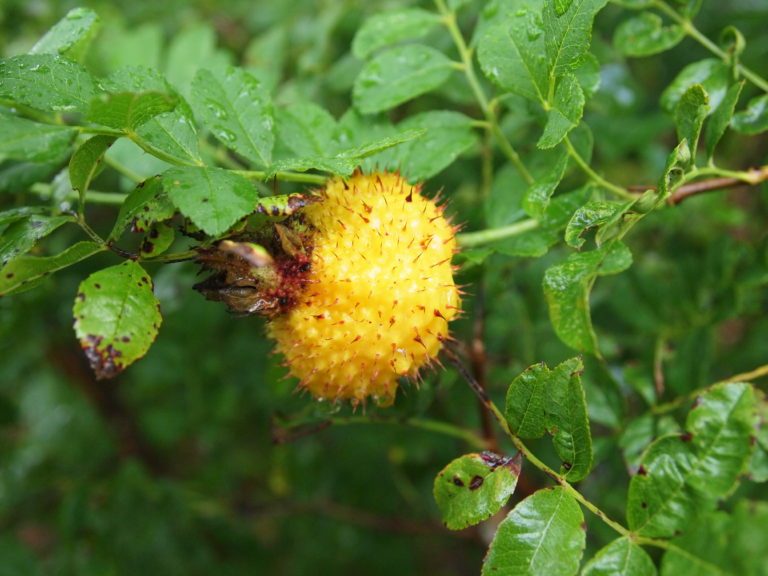At the risk of seeming foolish, I’m going to court controversy, and attempt to debunk a piece of gardening advice so commonplace that it’s taken as gospel truth. It goes like this:
When planting a rose, dig a much larger hole than the pot size, and then amend the soil heavily before back-filling around the new plant.
I’ve seen different versions of this. Some say a hole 2 times as wide as the original pot. Some say wider. As to depth, many articles advise to dig just the depth of the pot (which makes sense to me), but others say to dig 18″ or 24″ no matter the pot size. In any case, there are any number of recommendations about how to amend the soil: bone meal, kelp meal, compost, well-rotted manure, alfalfa pellets, granular fertilizer, chelated iron, bagged potting mix, feather meal, and maybe even the kitchen sink!
I disagree with nearly all of this, and I’ll tell you why – first in this video, then in written detail below:
To recap my reasoning:
- The very most important thing to establishing a newly planted rose is to encourage the roots to grow outwards and downwards into the surrounding soil.
- The roots being firmly anchored down into the undisturbed native soil becomes really important over the winter, when the shrub is subjected to the additional weight of snow/ice and force of winter winds.
- The “boundary” between your improved soil and the surrounding unimproved soil becomes a barrier for roots and the natural drainage of water. Just common sense: if the soil inside your planting hole is so much richer, wouldn’t the plant favor root growth there instead of anchoring to the surrounding soil?
- I’ve learned it’s safer to err on the side of less fertility when establishing new plants – both here on my farm, and in my job as a grower. This isn’t a drag race… you don’t need to pump in the nitrous oxide!
- Back to stability: all those organic components mixed into the soil will eventually break down, leaving a pocket of less dense soil in the improved planting area.
- All of the soil improvement you could hope to achieve by the big hole method can be more safely and evenly applied by subsequently feeding your soil from the top down. Topdress with those organic amendments, add a mulch to the surface, and let the worms and soil life do the rest. They’re really good at the soil-improvement business!
Plus, less digging. Nuff said.





